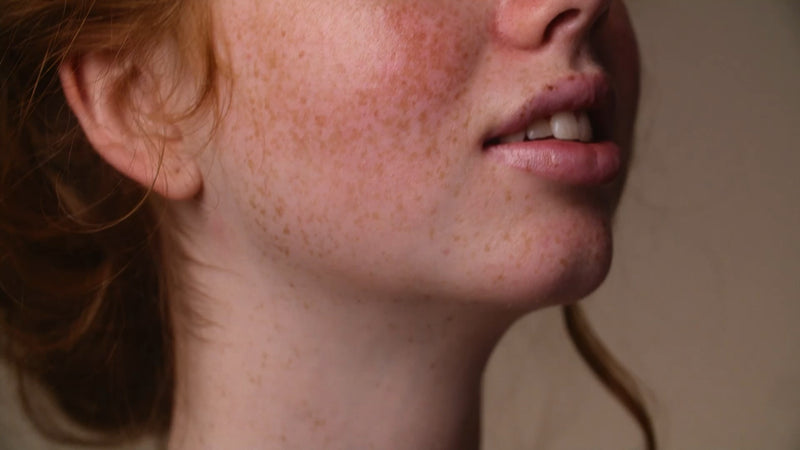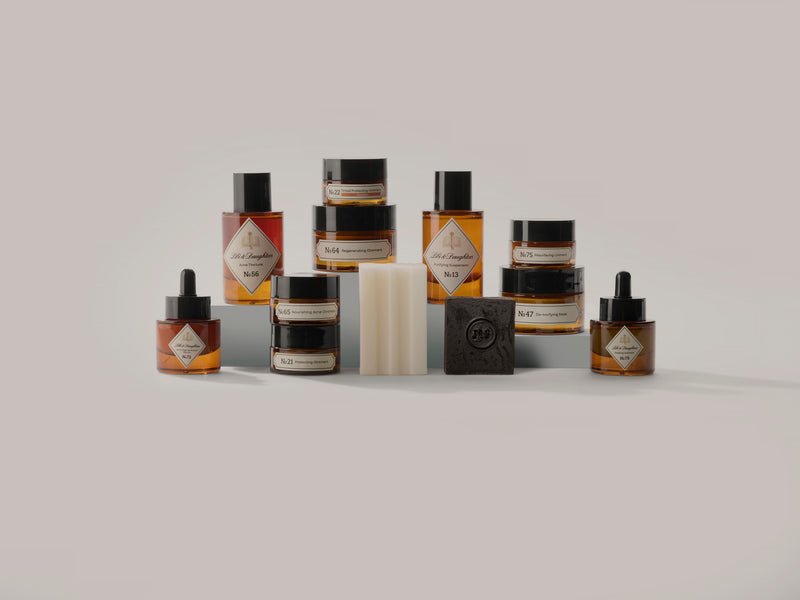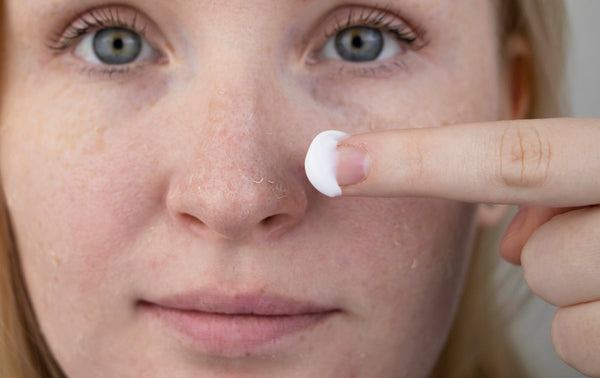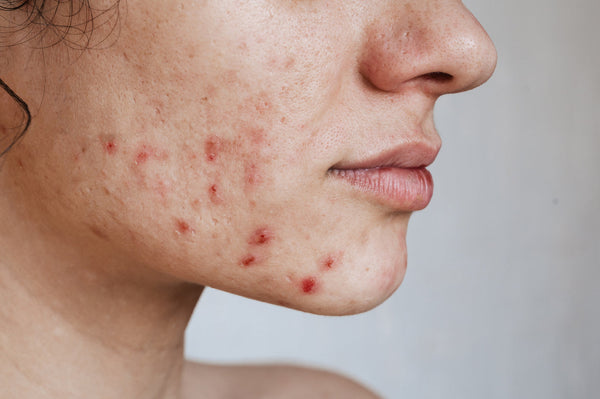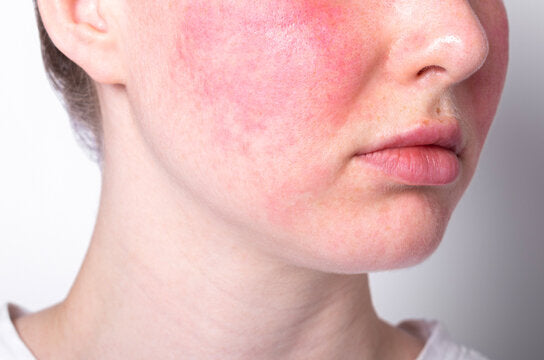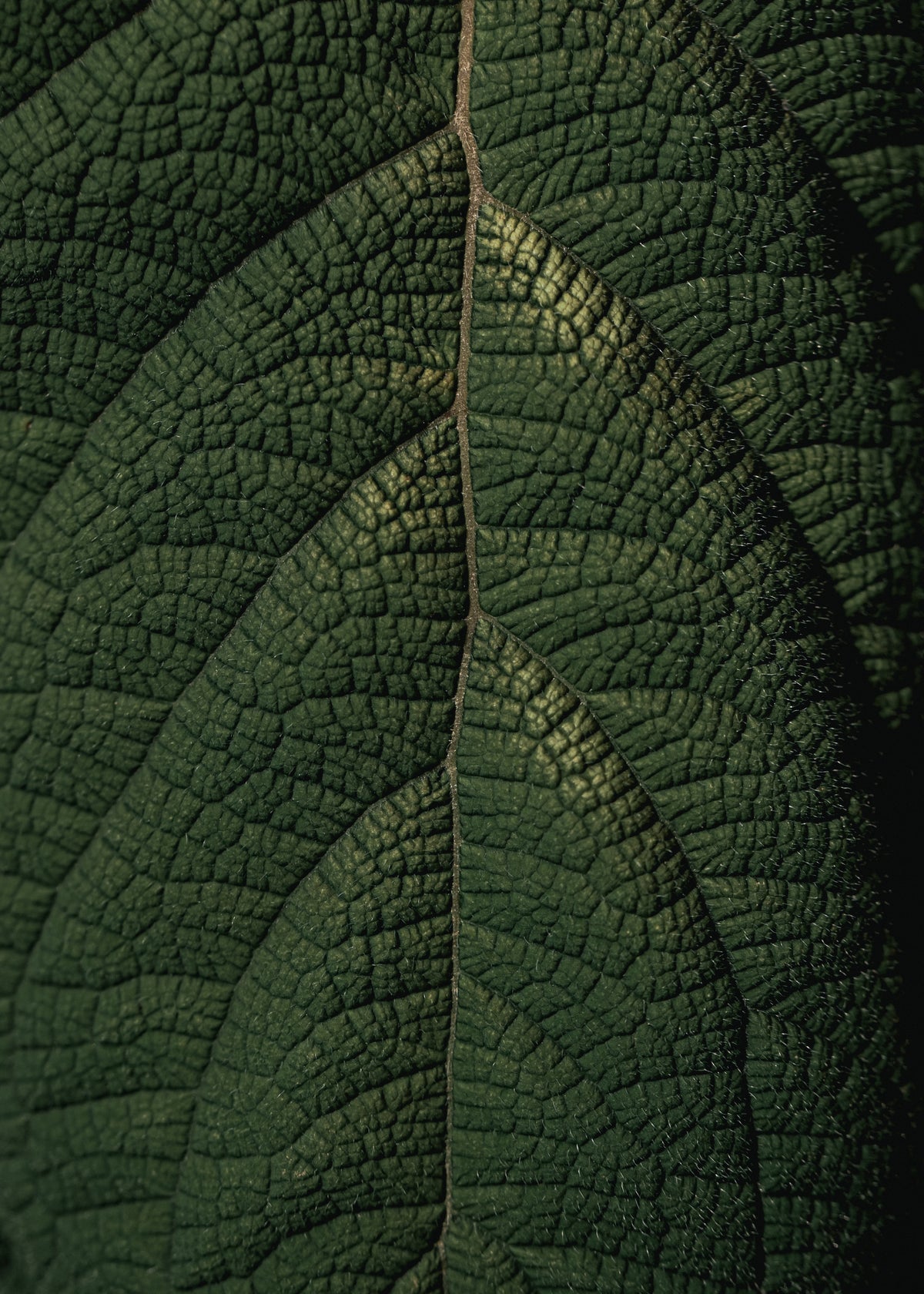What is Rosacea?
Rosacea is a chronic vascular condition that begins deeper. It’s a chronic vascular disorder that affects the entire body’s blood vessels and manifests through the skin. It begins deeper within the network of blood vessels and connective tissues. Rosacea is a chronic disorder that affects up to 8–10% of the population.
Rosacea is often mistaken for a cosmetic mishap or incorrectly linked to alcohol use. Rosacea is a vascular condition of which the root causes are often hereditary and it manifests primarily as persistent redness, visible capillaries, dryness, tingling sensations, and occasional inflammatory lesions. The cheeks, nose, forehead, and chin are most commonly and visibly affected. What we see on the surface are outcomes of an internal process: one where vasculature in the face becomes hyper-reactive. Rosacea can become more severe over time if it is left unchecked. Symptoms such as flushing, irritation, and the formation of papules tend to escalate and impact skin health and daily life. Identifying and responding to initial signs can help manage symptoms effectively and prevent progression.
Rosacea is most common in adults above 30 and often begins subtly like an occasional blush that lingers a little longer. It's important to note that temporary vascular flushing due to stress, temperature shifts, or social situations are often mistaken for rosacea, though the two require different kinds of care. It’s essential to understand that rosacea isn’t the result of poor skincare and hygiene. It's a condition that demands awareness, accurate identification, and care that works with your skin and not against it.
Causes of Rosacea
The precise causes of rosacea remain complex and multifactorial. The condition develops over time as a result of vascular instability, genetic predisposition, and external/environmental triggers. Common contributing factors include:
-
Genetic factors: A family history of rosacea or vascular skin conditions increases risk.
-
Sun exposure: Ultraviolet radiation is a known irritant that destabilises skin vessels and causes flare-ups.
-
Dietary triggers: Spicy foods, alcohol, chocolate, dairy, and citrus can negatively affect the blood vessels to cause reactions.
-
Stress and emotional reactivity: Anxiety, depression, and other psycho social factors can lead to vascular reactions and spots on the face.
-
Physical exposure: overheating of the epidermis, cooling, friction, mechanical irritation, use of cosmetics and other factors leads to the appearance of “red skin”.
-
Medications: certain medications such as steroids and antibiotics are other causes of rosacea and redness.
It is important to remember that each individual has their own set of factors that trigger the disease. Hence the treatment patterns also vary with individualized aims at eliminating specific causes and symptoms.
Treating Rosacea — The Libi & Daughters Method
At Libi & Daughters our method is grounded in medical insight, long-term thinking, and non-hormonal treatment interventions. We focus on identifying the root cause in stabilising the skin’s response to supporting the whole system and not just treat the surface symptoms.
Diagnosis of any ‘red skin’ requires a thorough visual examination for blisters, plaque, scars, red spots and capillaries, and other signs. Effective treatment requires an accurate diagnosis. Thus, our specialists may prescribe additional tests to rule out other diseases:
-
Skin allergy tests to rule out allergic reactions that mimic rosacea.
-
Blood tests to assess inflammation levels and to rule out possibilities of auto-immune conditions like systemic lupus erythematosus, which also manifests facial redness.
-
Ultraviolet light or a dermatoscope is used to thoroughly assess the condition of the skin and identify signs of rosacea.
-
Skin biopsy may be required in some cases for a more accurate diagnosis and to rule out other diseases.
Additional diagnostics are prescribed if necessary and the final diagnosis is based on a combination of clinical data factors which includes patient history, symptoms, and test results. Our model is layered and designed to address the skin’s current state while ensuring consistent stability.
We also avoid hormone-dependent treatments. We do not rely on systemic steroids or suppressive antibiotics for long-term care. Instead, we focus on supportive, regenerative, and non-hormonal therapies aimed at strengthening the vascular system and restoring skin stability.
The drug approach of dealing with redness involves the usage of antihistamines and sedatives. The same is sometimes prescribed for temporary redness or emotionally-triggered flushing, but not always suitable for chronic conditions like rosacea. Antibiotics are also used in some cases to treat redness. Additionally, special creams and gels become effective means for relieving main symptoms. These treatments are chosen based on what the skin needs most and never implied as a default protocol. All our plans are personalised based on the clinical evaluation of individual needs.
Bioresonance Therapy
Bioresonance Therapy helps to reduce the need for long-term medication by supporting the body’s natural self-regulation. Rather than relying solely on pharmaceuticals, our approach brings together carefully selected support tools that include Bioresonance therapy, homeopathy, herbal formulations, nutritional supplementations, and in-depth diagnostic testing to better understand and address each client’s vascular conditions.
Every rosacea case is different and necessitates different kinds of care. That’s why Bioresonance Therapy is never a standardised step. It may be introduced early or later in the treatment plan depending on the severity and systemic factors that are at play. The goal is to gradually restore vascular stability and reduce inflammatory triggers that worsen rosacea over time. By working with the body’s own levels of energetic rhythms; Bioresonance helps to recalibrate underlying imbalances and offers a gentle yet structured alternative to conventional and often hormone-dependent interventions.
Laser Therapy
We use laser therapy as a carefully timed intervention that is often the last step after many initial step-by-step procedures of treating rosacea. It is never the first step, but often a crucial one later in the treatment plan. Our aim is to strengthen the vascular walls and restore physiological balances so blood vessels are less likely to dilate, break, or become visible on the skin's surface. This means working on the entire vascular system and not just the skin.
We guide our clients in building long-term vascular resilience through lifestyle changes, tailored supplementation, targeted physiotherapy, and consistent home care. Laser therapy works by closing off weak vessels. Starting laser therapy early can trigger adverse effects by closing off vessels before the skin is internally stable. When one vessel is shut down; the body instinctively reopens collateral vessels to maintain blood supply to its tissues. While the body does this to preserve internal function, it doesn’t ‘care’ how that manifests on the surface of skin. Without prior vascular support and internal preparation, this results in the appearance of new visible vessels following treatment.
When introduced at the right stage, the laser becomes a powerful ally in repairing disrupted internal processes, reducing visible signs of rosacea, and offering long-term remedy without surgical and medical interventions. In our holistic system; laser isn’t a quick fix. It’s part of a sustained and multi-layered care strategy that is designed for deep and long standing change.
Skincare Routine
Every treatment plan at Libi and Daughters includes a custom skincare regimen that is developed and prescribed by Dr. Inna. This regimen is designed to:
-
Support the results of in-clinic procedures
-
Soothe and stabilise the skin between appointments
-
Strengthen the skin’s barrier and reduce future reactivity
Rather than overwhelming the skin with multiple products, we guide clients through a minimal and intentional routine based on observation and results.
For many of our clients, this takes the form of the Red Box. For those in need of a structured and professional regimen, we offer— Libi’s curated skincare program designed for sensitive, redness-prone, and rosacea-diagnosed skin. The Red Box includes:
-
A regimen of high-performance and non-irritating formulations selected for your specific skin profile
-
Step-by-step product guidance based on your treatment stage and seasonal shifts
-
Ongoing expert support to adjust the routine as your skin evolves
You don’t have to suffer through redness, discomfort, or confusion alone.
Start a clearer and calmer chapter with your skin. Let’s talk!
Book a Consultation
Begin a clearer and calmer chapter with your skin.
